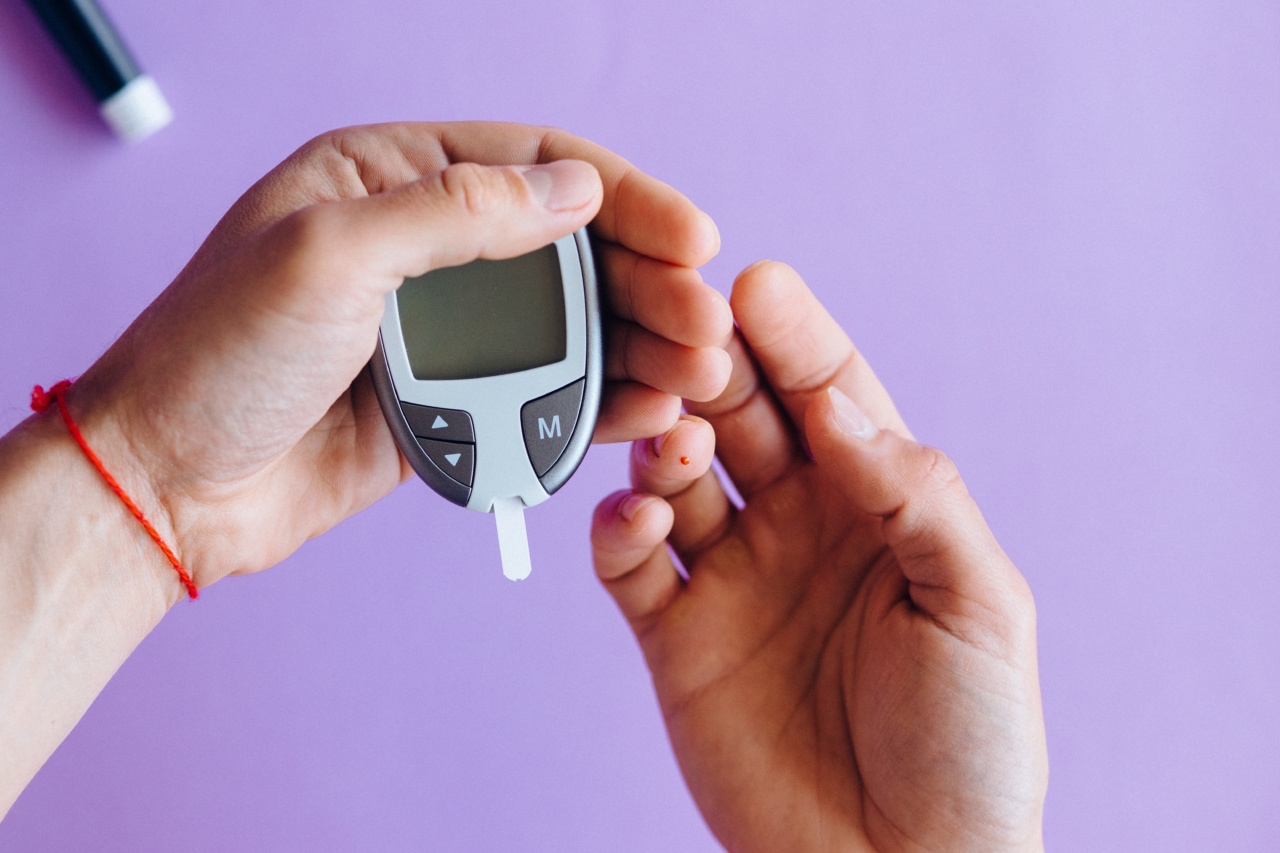Proper blood sugar control is essential for individuals with diabetes or prediabetes, as it helps to prevent complications and maintain overall health. One of the most effective ways to manage blood sugar levels is through dietary changes.
By making smart food choices, individuals can improve blood sugar control and reduce the risk of long-term complications. Below are some dietary modifications that can help achieve better blood sugar control.
1. Choose Complex Carbohydrates over Simple Carbohydrates
Carbohydrates have a significant impact on blood sugar levels. Simple carbohydrates, such as sugar and refined grains, are quickly digested and cause rapid spikes in blood sugar.
On the other hand, complex carbohydrates, such as whole grains, legumes, and vegetables, are digested more slowly, leading to more stable blood sugar levels. Including more complex carbohydrates in the diet can help manage blood sugar levels more effectively.
2. Prioritize High-Fiber Foods
Fiber is beneficial for blood sugar control as it slows down digestion and absorption, preventing rapid spikes in blood sugar levels. Foods high in fiber include fruits, vegetables, whole grains, legumes, and nuts.
Aim to include a variety of high-fiber foods in your meals to help stabilize blood sugar levels.
3. Incorporate Lean Proteins
Including lean proteins in meals can help manage blood sugar levels as they have minimal impact on blood sugar. Good sources of lean protein include skinless poultry, fish, lean cuts of meat, tofu, and legumes.
Combining lean protein with complex carbohydrates can further enhance blood sugar control by creating a balanced meal.
4. Reduce Added Sugars
Added sugars can quickly raise blood sugar levels and should be minimized in the diet. Common sources of added sugars include sugary beverages, desserts, sweets, and processed foods.
Read food labels to identify hidden sources of added sugars, and opt for natural sweeteners or sugar substitutes when needed.
5. Limit Refined Grains
Refined grains, such as white bread, white rice, and pasta made from refined flour, can cause significant spikes in blood sugar levels. Replace refined grains with whole grains, such as whole wheat bread, brown rice, and whole grain pasta.
Whole grains are higher in fiber and provide more stable blood sugar control.
6. Control Portion Sizes
Controlling portion sizes is crucial for managing blood sugar levels. Eating large portions can lead to excessive carbohydrate intake, which may result in elevated blood sugar levels.
Use measuring cups or a food scale to accurately portion out foods, and be mindful of serving sizes to prevent overconsumption.
7. Monitor Carbohydrate Intake
Monitoring carbohydrate intake can help individuals who require insulin or medication to manage blood sugar levels.
By consistently counting carbohydrates, individuals can adjust their medication or insulin doses accordingly to maintain stable blood sugar levels. Consulting a registered dietitian can provide guidance on carbohydrate counting and meal planning.
8. Spread Meals throughout the Day
Instead of consuming large meals, consider dividing the daily food intake into smaller, more frequent meals. Spacing out meals can prevent blood sugar spikes and promote better blood sugar control.
Aim to have three main meals and two to three snacks evenly distributed throughout the day.
9. Stay Hydrated
Proper hydration is essential for overall health and can also help manage blood sugar levels. Drinking an adequate amount of water can prevent dehydration, which may affect blood sugar control.
It is recommended to drink at least 8 glasses of water per day, but individual needs may vary.
10. Regular Physical Activity
Regular physical activity is an important complement to dietary changes in achieving better blood sugar control. Exercise helps to lower blood sugar levels by increasing insulin sensitivity.
Engage in activities such as brisk walking, jogging, cycling, or swimming for at least 150 minutes per week. Check with a healthcare professional before starting any exercise program.





























